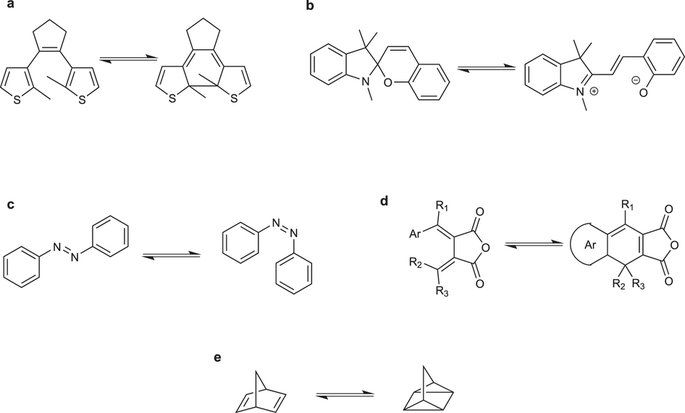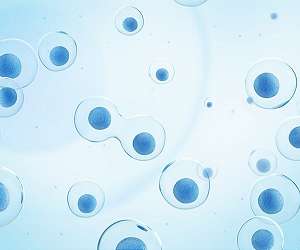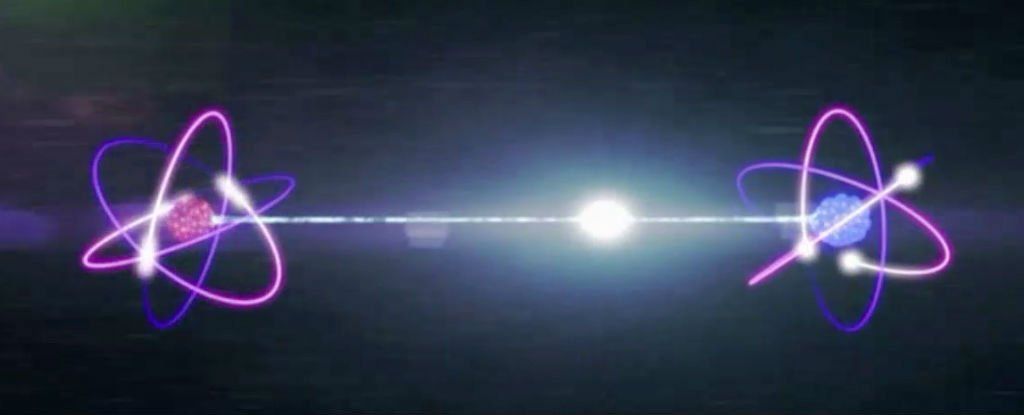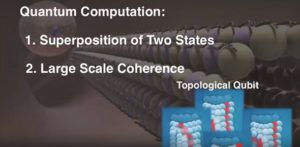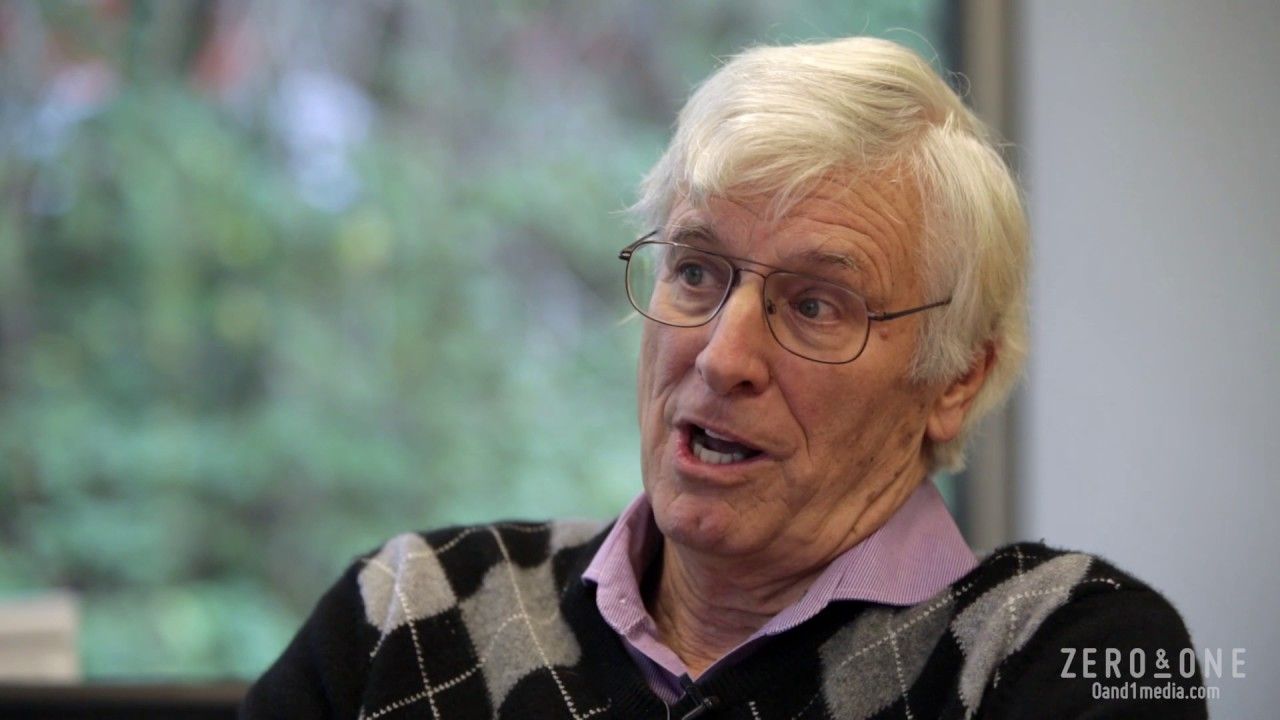Feb 7, 2017
Determining the Photoisomerization Quantum Yield of Photoswitchable Molecules in Solution and in the Solid State
Posted by Karen Hurst in categories: biological, chemistry, quantum physics
Photoswitchable molecules are able to isomerize between two metastable forms through light stimuli. Originally being studied by photochemists, this type of molecule has now found a wide range of applications within physics, chemistry and biology. The extensive usage of photochromic molecules is due to the two isomers having fundamentally different physical and chemical properties. The most important attribute of a photoswitch is the photoisomerization quantum yield, which defines the efficiency of the photoisomerization event. Here we show how to determine the photoisomerization quantum yield in the solid state and in solution when taking thermal processes into account. The described method together with provided software allows for rapid and accurate determination of the isomerization process for this important class of molecules.
